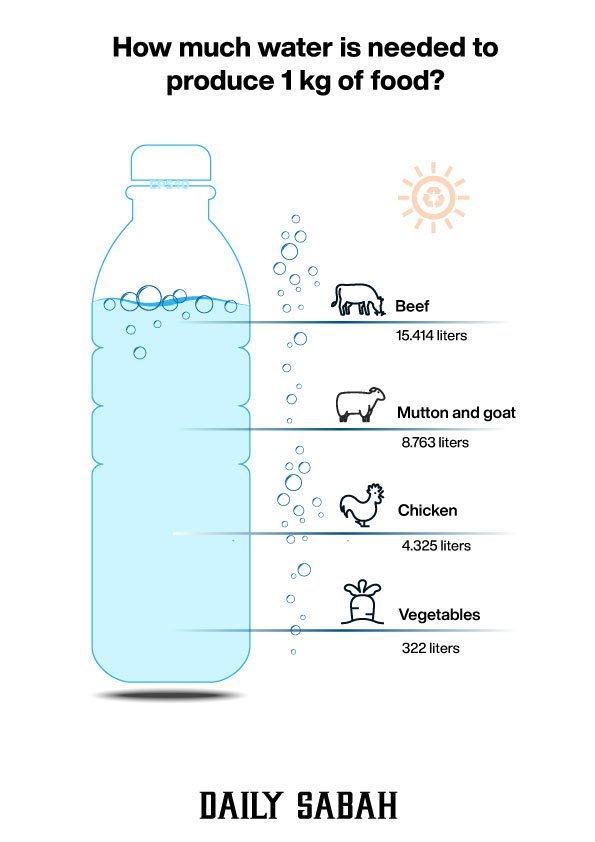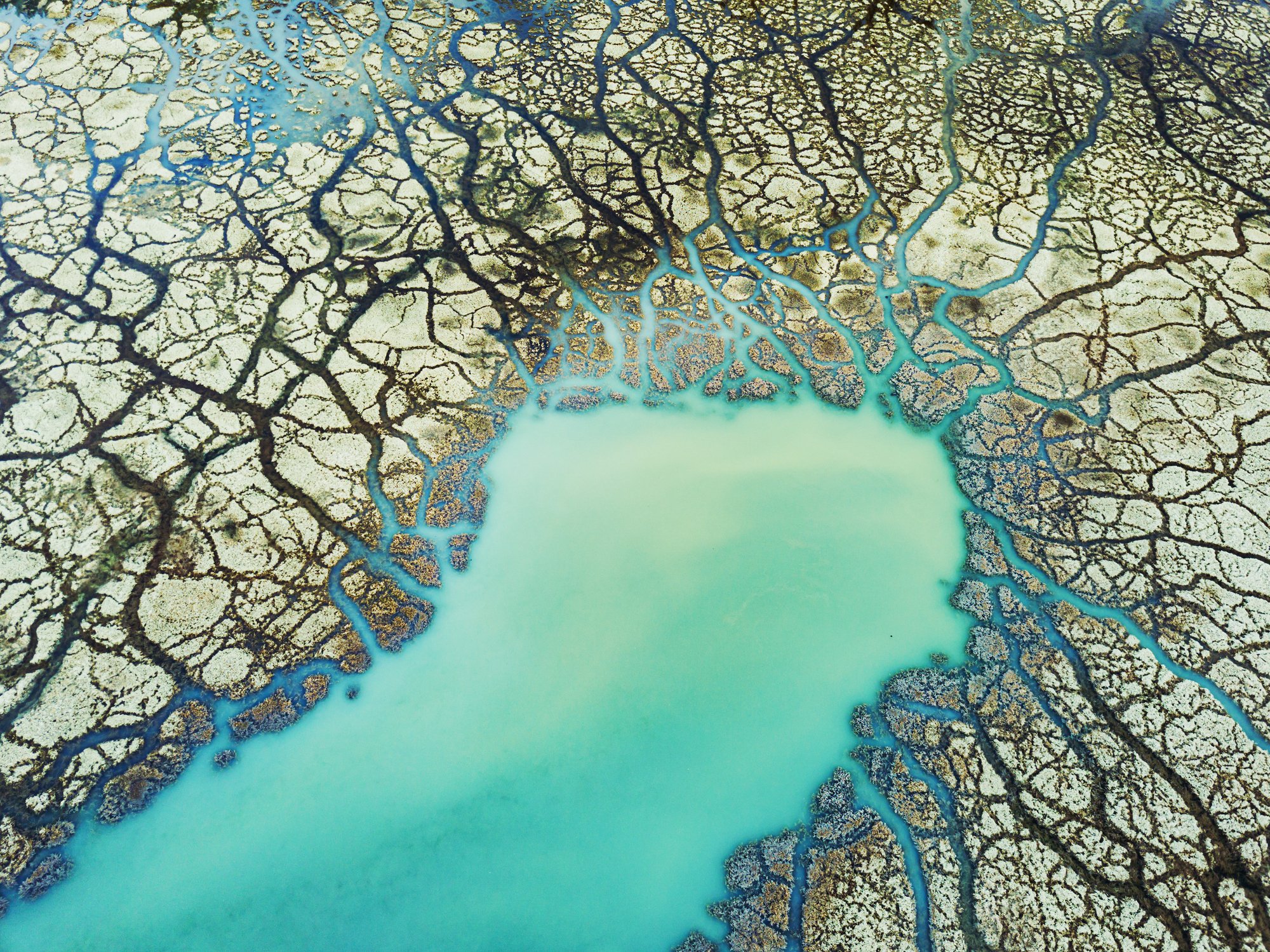Are we actually aware of how bad the current situation is around the world when it comes to drought and food security?
A list of scary statistics released on the occasion of World Day to Combat Desertification and Drought, celebrated every year by the United Nations on June 17, is determined to serve as a wake-up call for all of us. If you’re ready, here’s a glimpse.
- Approximately 20% of the world’s population, so 1 in 5 people, is directly affected by desertification brought on by drought and climate change.
- A third of the world’s population lives in arid regions and 90% of these countries are developing, poor countries.
- A whopping 821 million people worldwide are starving, but 13.3 billion tons of food, which is about a third of it, goes to waste. The footprint of this waste corresponds to 1.4 billion hectares, and again, this is a third of the world’s agricultural lands.
- Every year, 12 million hectares of agricultural land – an area three times the size of Konya province in Turkey or the Netherlands in Europe – are damaged worldwide.
- In 2050, the world will need roughly 600 million hectares of additional farmland, which is about the size of two Indias, to meet humans’ need for food.
- Soil loss and erosion remain our biggest problems.
Speaking on the occasion, Deniz Ataç, the chairman of the board at TEMA Foundation (the Turkish Foundation for Combating Soil Erosion, Reforestation and the Protection of the Natural Habitat), said it was now or never if we wanted to save our Earth.
Emphasizing that the soil loses its productivity with desertification, Ataç stated that this situation is causing rural poverty rates to rise and hence forcing people whose income depends on the soil to migrate.
He said it is estimated that 10 million people have migrated in the last 20 years due to desertification on a global scale. Desertification affects 4 billion hectares which constitute 25% of the lands on Earth, meaning it has a direct impact on the lives of 1.5 billion people scattered across 168 countries.
Underlining that desertification is directly related to many issues such as the climate crisis, erosion, soil degradation, loss of biodiversity and destruction of agricultural lands, Ataç warned that population growth and unprecedented consumption is putting immense pressure on all of Earth’s natural resources and, in particular, soil.

What about Turkey though?
Recent data shows that 80% of Turkey is at risk of some form of desertification.
According to Turkey Desertification Risk Map data, 53% of Turkey is at moderate risk, while 26% is at high risk of desertification. When taking into consideration the portion of lands currently at high risk and lands with the potential to be affected by drought, almost 49% of Turkey is under significant desertification risk, Ataç said.
In the last 16 years, about 3.5 million hectares of farmland have been allocated to non-agricultural purposes in Turkey and these lands have turned into deserts in an ecological sense. Erosion of various intensities has been observed in 59% of agricultural lands across the country, with this rate going up to 64% in pastures and 54% in forest lands.
Ataç said one of the most important things the current pandemic has reminded us of is that we need food security to live healthily, continuity in agricultural production for food security and fertile agricultural lands to produce.
Last Updated on Jun 16, 2020 9:19 pm by Yasemin Nicola Sakay










Discussion about this post